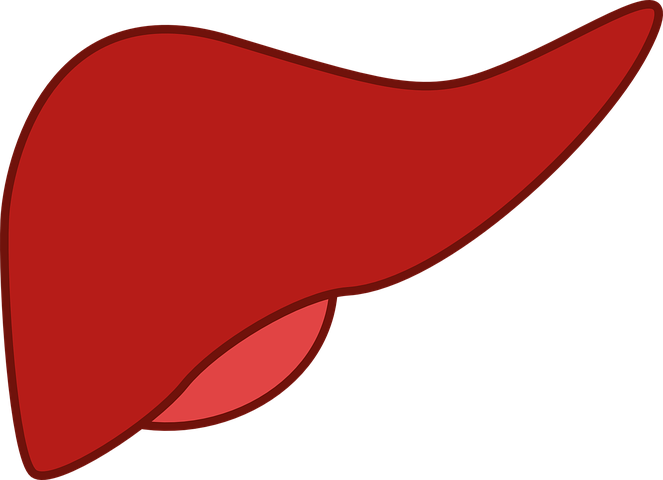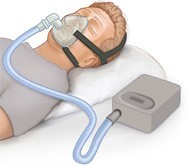Fatty liver (also called non alcoholic fatty liver disease, or NAFLD) is the most common cause of chronic liver disease, and the second most common cause for liver transplant in USA. Fatty liver is extraordinarily common, affecting 25% of the general population in North America, and over half of people with obesity. While the risk of fatty liver increases with weight in people with obesity, in people with type 2 diabetes, the risk of fatty liver disease is about 60-70% and is independent of weight.
Fatty liver is a serious health concern because:
- it can progress to liver inflammation (called ‘steatohepatitis’ or NASH (stands for non alcoholic steatohepatitis)
- it can progress to liver scarring (fibrosis and cirrhosis)
- people with fatty liver are at a higher risk of developing diabetes
- liver fat is associated with metabolic disease, cardiovascular risk factors, and markers of inflammation and procoagulation (tendency to clot blood)
- it is a risk factor for hepatocellular carcinoma (liver cancer)
People with diabetes and fatty liver are at particular risk of progressing to fibrosis or cirrhosis. The journal Diabetes Care recently published an entire issue about fatty liver in people with diabetes, with an article dedicated to the discussion of the need to incorporate treatment of fatty liver disease into the treatment of patients with type 2 diabetes. (I would expand this to say that this needs to be considered not only in everyone with type 2 diabetes, but in people with obesity without diabetes as well.)
However, the conundrum remains as to just how we assess and treat fatty liver disease. Investigations include blood work for liver enzymes and liver function; ruling out other causes of liver test abnormalities; and special ultrasound or MRI scans. The gold standard for diagnosing fatty liver disease (including disease severity) is a liver biopsy, but this is both invasive and not feasible to do on everyone suspected of having fatty liver disease.
Treatment remains a challenge. The main treatment currently is weight loss, though some diabetes treatments have shown benefits as well – check out the article for more on this.
The good news is that there are over 60 molecules currently in testing as potential treatments of fatty liver disease. Stay tuned for more on this!
Share this blog post using your favorite social media link below!
Follow me on twitter! @drsuepedersen
www.drsue.ca © 2021












